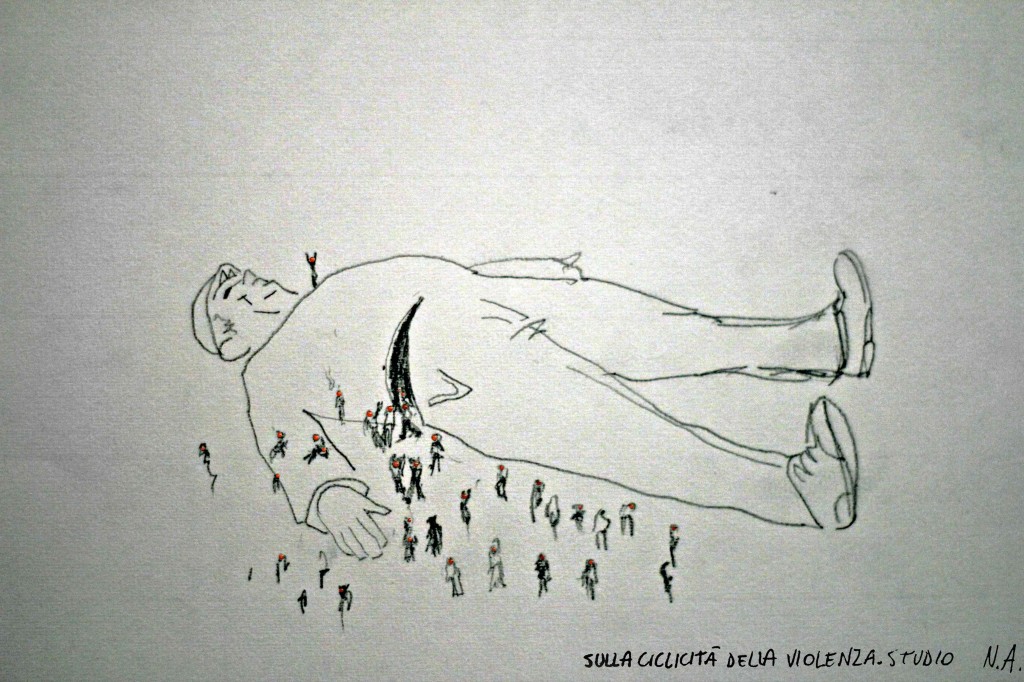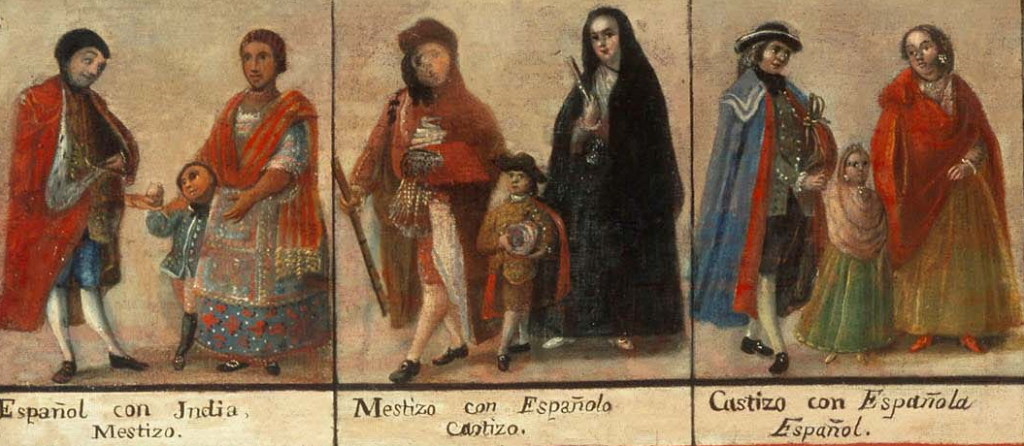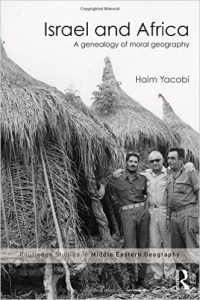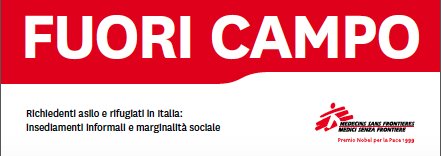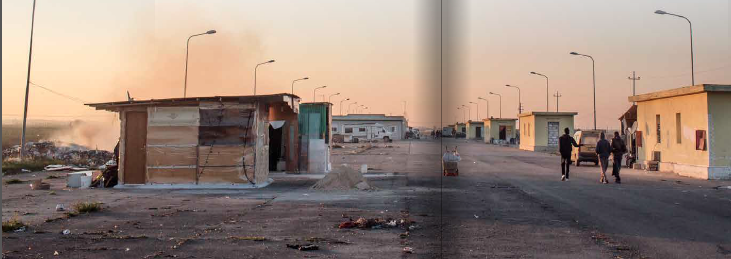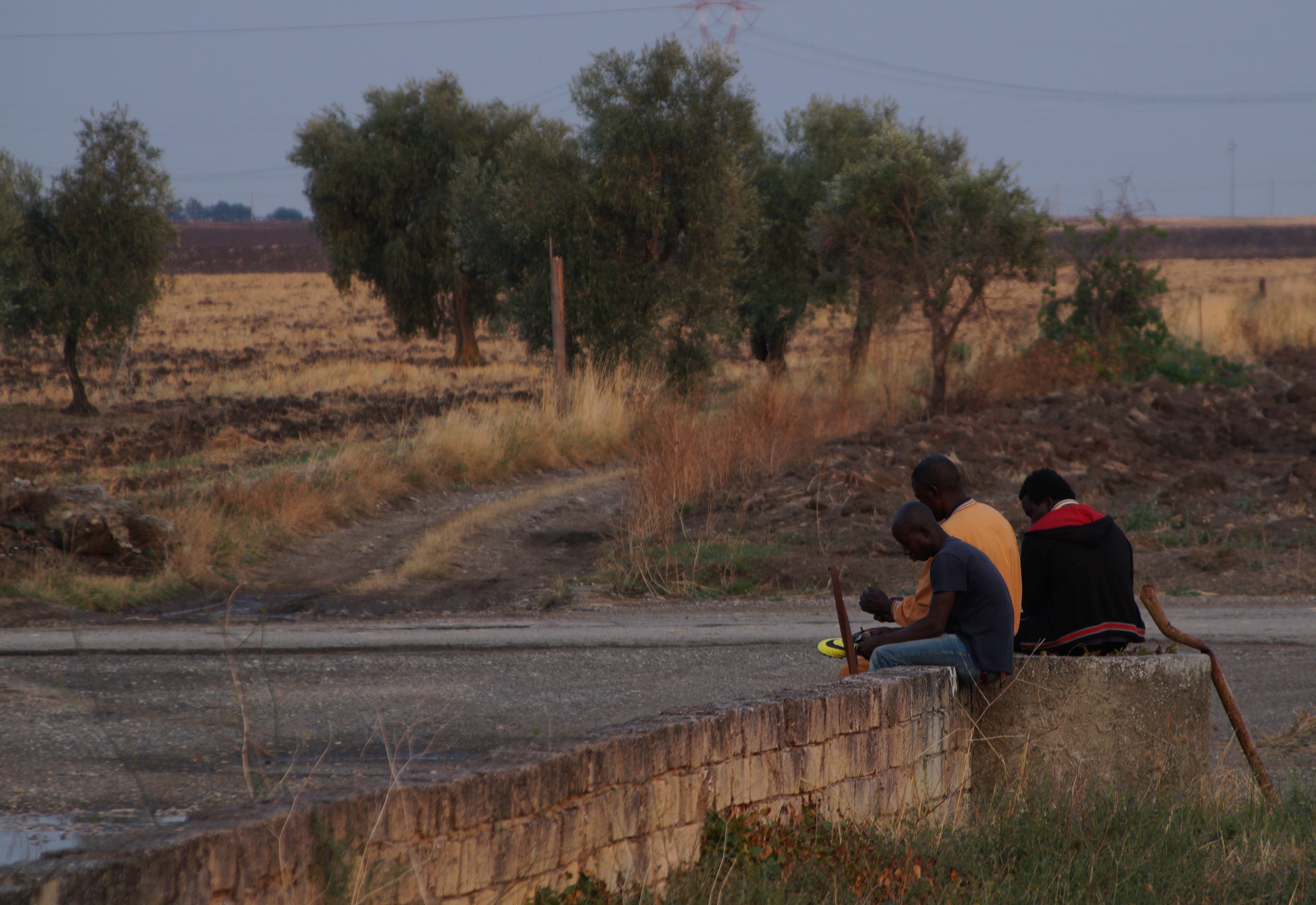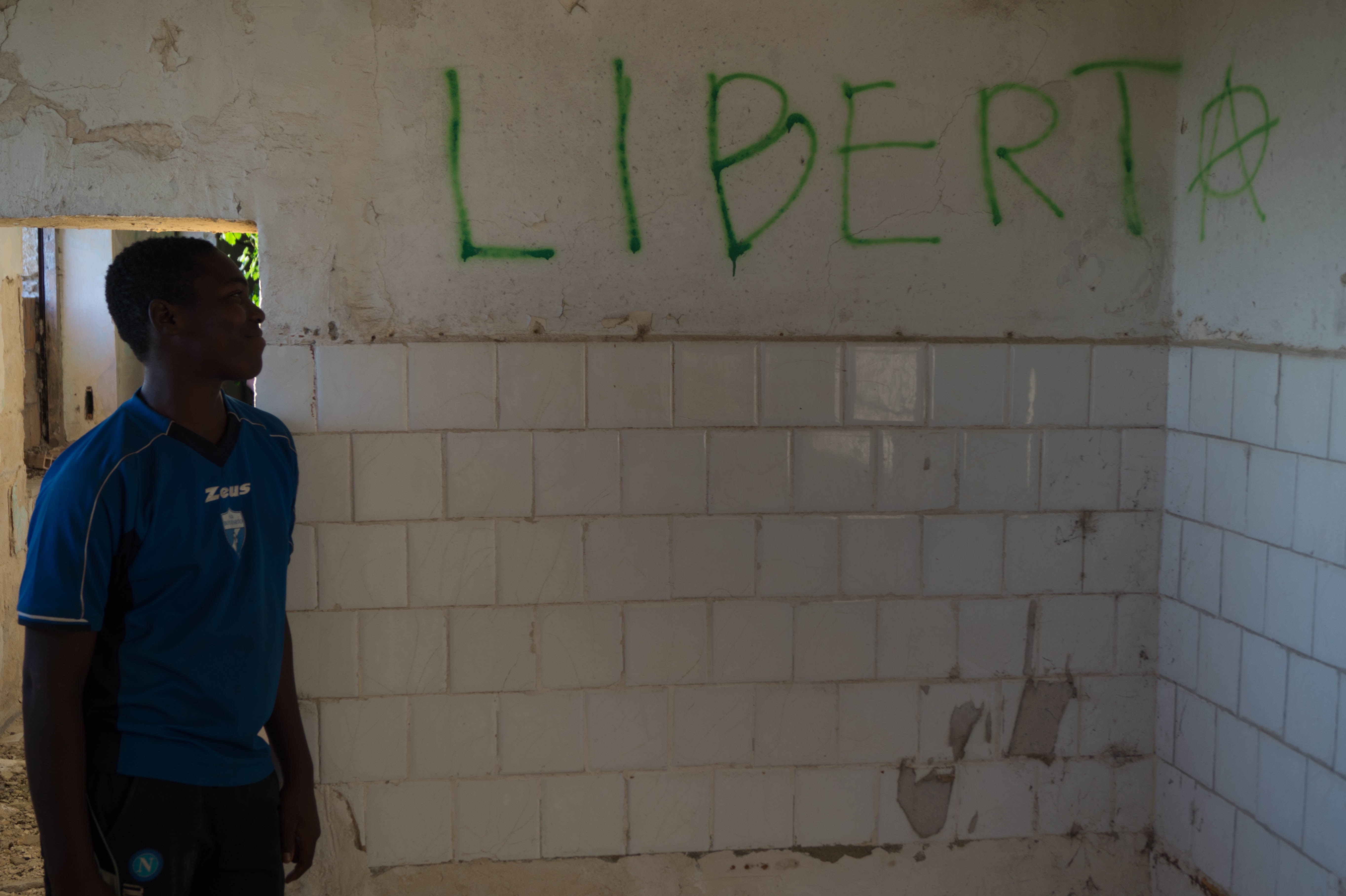After a long silence I got caught last week by an intriguing report on conflict minerals (a theme I have worked on for some years). Donald Trump -already infamous for his tough stance on immigration -made himself unpopular among several international aid organisations by announcing the partial abolishment of the Dodd Frank reforms (also know as ‘Obama’s Law’). News agencies reported a two-year suspension of regulatory controls designed to prevent US companies from importing so-called ‘conflict minerals’ from Central Africa. The Trump administration motivated the executive order (see leaked memo here) by citing “mounting evidence” that current blood minerals regulations are causing serious harm to some parties in the Democratic Republic of the Congo, and, as a result, are contributing to instability in the region that could threaten the national security interests of the US.
Apart from the expected outrage of international campaign groups (Global Witness called the Trump order “a gift to companies wanting to do business with the criminal and the corrupt“), some voices from Eastern DRC appear to partially confirm the US’s fears. A recent IRIN investigation -notably written by a former Global Witness campaigner- claims to find merit in Trump’s observation that conflict minerals legislation is, indeed, leading to a loss of livelihoods in the region -in addition to the already massive repression of artisan miners’ rights. The IRIN report (a first of two, apparently) further confirms existing evidence –amongst others gathered by myself and my PhD student Christoph Vogel– about the detrimental impact of pilot projects seeking to implement ‘transparent commodity chains’ from Eastern DRC.
At this stage, it is difficult to estimate what to make of the current US stance on conflict minerals. Apart from clearly being ‘anti-Obama’ (just like any order Trump has signed so far), the leaked memo does not seem to take a clear direction towards an alternative legislation -which is worrying many observers. Since the ‘no conflict minerals’ rule came into effect, the US has effectively lost much of its minerals suppliers from Central Africa to China and the Far East. Besides its unconditional protection of US companies’ interests abroad -no surprise in the current constellation- the US administration is indeed recording a certain opposition towards international human rights campaigns in Central Africa. In the face of falling prices and trampled miners’ rights, the effect of this development -which literally risks to move from a negative, ‘no blood minerals’ closed door policy, to an even more negative ‘no rules at all’ -is likely going be felt most severely at the lower scales of the commodity chain: on the shoulders of those workers who continue to supply our phones and computers with highly performative minerals, without any form of protection, representation, or rights.




